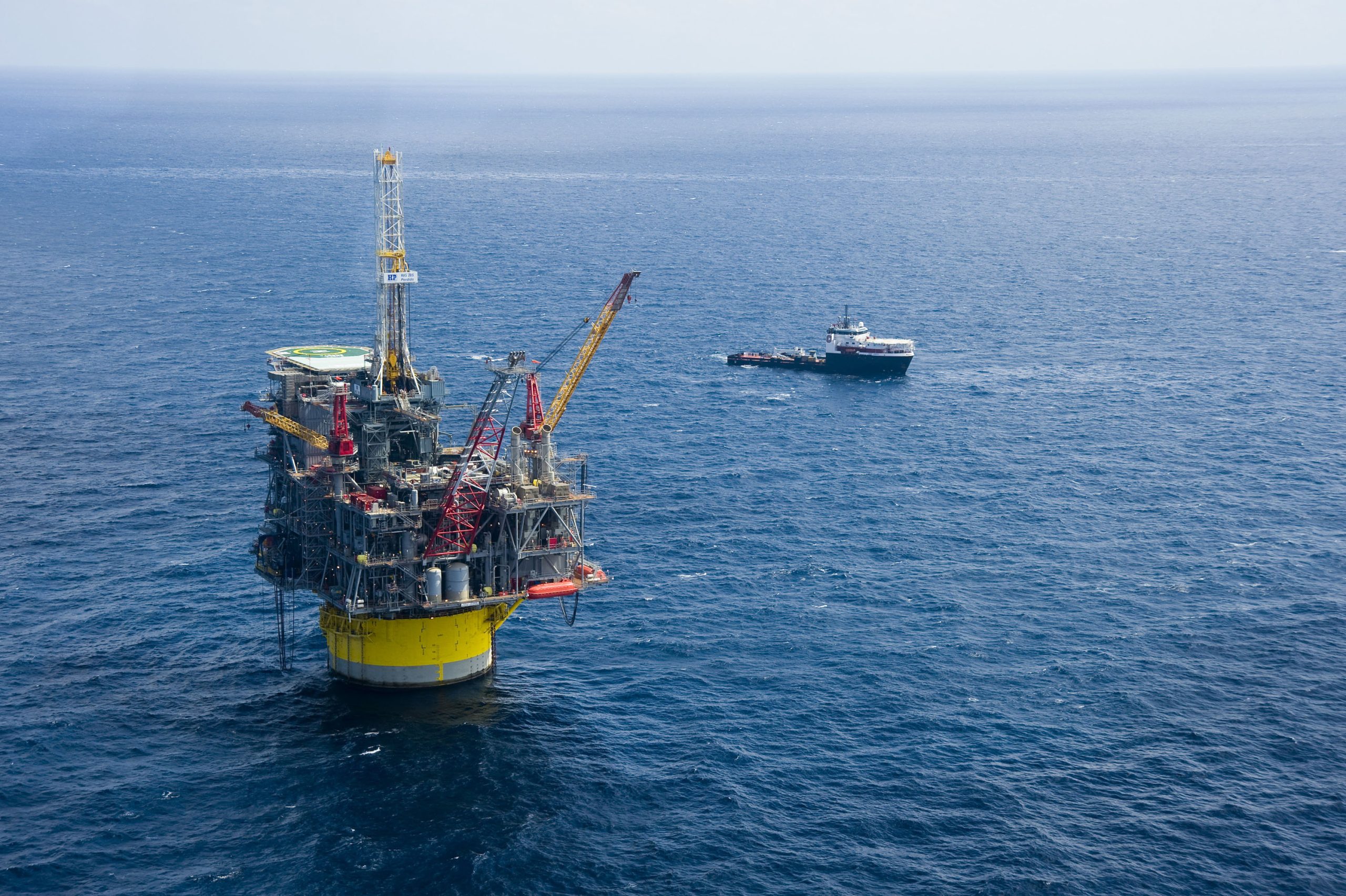
While everywhere around us are popularizing a transition to renewable energy, it’s important to remember that offshore oil and gas platforms remain vital infrastructure powering global demand for electricity. Designed to withstand the most brutal of weather and environmental conditions, these massive installations serve as structures for extracting petroleum (oil) and natural gas from reservoirs located beneath the seabed. Here are the 10 largest oil rigs in the world in 2024-2025, and each is a true feat of modern engineering.

The globe’s largest oil platform, Berkut, is tucked off Russia’s Pacific coast, close to Sakhalin Island. This man-made wonder weighs a hefty 200,000 tons and dips 35 meters below the sea. It’s designed to impressively pump out an estimated max of 4.5 million tons of oil in a year!
Designed to withstand punishing subarctic conditions with waves as high as 60 feet and air temperatures down to -44°C, the rig includes a gravity-based structure (GBS) that sits firmly on the seabed for maximum stability against extreme forces.
Berkut is a platform to develop oil reserves of Arkutun-Dagi with the involvement in financing and technology engaged major US, Japanese, Indian companies along with Russian fuel business. The Global Edge project, the Russian word for the project, is expected to yield returns more than $9 billion in the next 10 years with a current total budget estimate of up to nearly $12 billion.
The top side of the platform is 105 meters long, 60 meter wide and will reach a height of up to 144 meters. With a total weight of over 42,780 metric tons (94 million lb), the BSP is home to emergency equipment and security systems in addition to its rig, processing unit, living quarters and helipad.
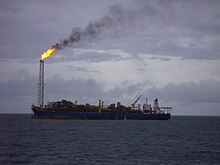
The Stones FPSO, operated by Shell, is located in U.S. waters approximately 200 miles (322 kilometers) off the coast of New Orleans. The deepest oil and gas producing project in the world, this development operates down to 9,500 feet below sea level.
The FPSO, named Turritella and based on a Suezmax tanker hull initially destined for the Navy’s Lewis class of fast cargo ships (AOE 8), uses BW Offshore technology and was the largest vessel in US waters when it arrived offshore Louisiana back in August. The system ties back to two wells with capacity up to six and uses a ‘steel lazy wave riser’ that flexes as it carries oil and gas through production lines.
Stones, at its peak production, can produce approximately 60M boe/d. With an expected 2bn barrels of oil equivalent, the field ranks among the largest finds this century and will play a role in driving future global supply.
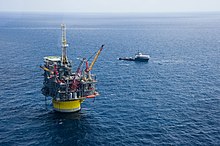
The Perdido platform, in the Gulf of Mexico roughly 200 miles south of Galveston, Texas, is the world’s deepest spar. The field, operated by Shell, is the deepest moored in 8,000 feet (2,450 meters) of water and taps hydrocarbons from a depth ranging between 7,500 to 9,500 feet (2,300 and 2,800 meters) below sea level.
The 170-meter (555-foot) cylindrical spar upon which the platform is mounted also reaches down to a secure footing on the seabed. The hull is 267 meters high, almost as tall as the Eiffel Tower and weighs 22,000 tons.
Perdido has the handling capability for 100,000 barrels of oil and 200 million cubic feet of gas a day. The submersible sits in the Gulf of Mexico where it serves as a platform for three fields—Great White, Tobago, and Silvertip—it is linked by a 27-mile (44-kilometer) network of pipelines on the seafloor to 22 oil wells.
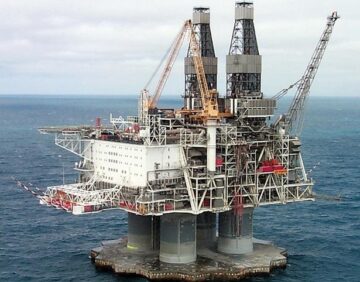
The Hibernia platform, eni’s largest semi submersible and best known for being designed as iceberg-resistant is situated about 310 km east of Newfoundland. It has a displacement of 496,040 tons and it operates in the North Atlantic.
It is designed to survive collisions with icebergs up to 1. The ship itself is accommodated in a 106m long concrete caisson with reinforcing steel armor, making it capable of resisting collision and scour loads from large icebergs. That production can go to the GBS, which is capable of holding 1.4 million barrels of oil inside it.
The Hibernia platform, which came into production in November 1997, now produces more than 1,400 barrels of oil a day. Its lifespan is expected to stretch at least through 2040, making it an important asset in global oil production.

Petronius platform, Gulf of Mexico near New Orleans: One of the tallest free-standing structures in the world This 47,399 ton fixed compliant tower type rig – the third such kind we have covered on this list — was built from 1997 to 2000 and reaches a depth of about 1,754 feet.
The Petronius is designed to sway with the tidal currents, not against them. Seventy stories above the water, a multi-deck topside boasts living quarters and an operations room for the men who work there as well as pipelines so essential tools can be extracted from undersea deposits.
Petronius can produce 60,000 barrels of oil equivalent and process up to an impressive 3.1 million m³ (over a billion cubic feet) of natural gas per day; the platform is thus one of the largest producers in global oil production.
Located miles off the coast of Louisiana, it was both the first free-standing tower and compliant platform built to work offshore. Baldpate—Designed by Hudson Engineering, Houston Texas; installed in 1,650-ft water depth (Fig. 13); production peak recorded during year-end.
Despite this, the innovative design and construction of Baldpate have allowed it to become a vital part of worldwide oil production— even if just on paper, because it is never accessed with enough frequency to contribute in any meaningful way.
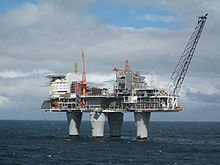
This remarkable structure is 1,210 feet tall; more than half of it is located below water. Built out of high-strength concrete reinforced with steel rods and prestressed tendons, it stands as an engineering marvel.
The Troll A platform has been in service since 1996, and is an iconic structure on the Norwegian Continental. It is a pioneer of global oil production. It was designed to endure the North Sea’s harsh conditions while offering high levels of production efficiency.

The Olympus (Mars B) floating platform is the largest built yet by Shell, an engineering marvel. It was constructed in South Korea and has been in use since February 2014. The new Olympus platform for Anadarko stands 405 feet high and weighs in at a svelte 122,000 tons, with the latest technology installed to cater to its full-time crew of up to195 workers.
This platform, Olympus — which gets its name from one of the constellations in Greek mythology but is far less distant than that group of stars — has been hanging on this spot extracting and handling more than 360,000 barrels of oil per day produced by-its 48 wells. As for the supporting pillars, it is applied to a special corrosion-resistant paint that makes this pontoon perfectly use first in Gulf of Mexico.

Mars B, an Olympus oil platform in the Gulf of Mexico. Weighing 120,000 tons and standing 406 feet tall, the platform was installed to extend life of Mars field.
Olympus has provided more than 700 million barrels and supports 192 offshore jobs since production began in January 2014. To understand just how big this thing is, its 342,000-square-foot deck area is larger than an NFL Superdome.
With years of experience in the Oil & Gas market, specializing in international recruitment for global projects, one of those being our Engineering and Technical professionals + their families. Our expert recruiters uncover exceptional candidates for the largest worldwide energy projects. View our current vacancies or upload your vacancy so we can save you time and effort on finding a new one. With our energy workforce solutions in place, we assist clients fill their projects with the right staff, give contractors support on assignments and get candidates ready for work.
Also Read: Courses for Oil and Gas Jobs in UAE

By Get global | January 15, 2026

By Get global | January 9, 2026
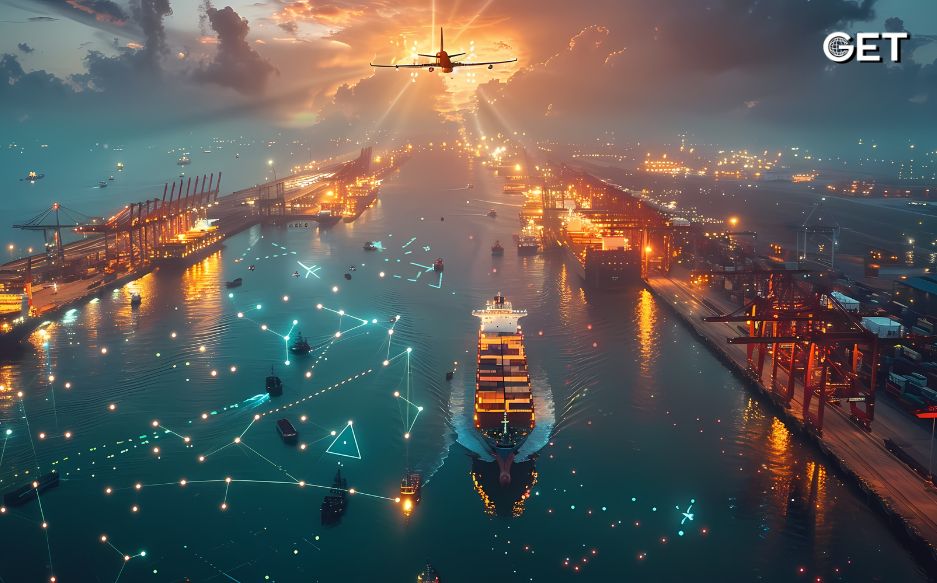
By Get global | January 2, 2026

By Get global | December 23, 2025
Introduction to the Oil and Gas Industry When individuals think of the “oil and gas industry,” the most common associations would probably be drilling rigs, offshore platforms, or harsh working conditions. And to some extent, these are indeed the case. But in the end, the industry is still much larger […]
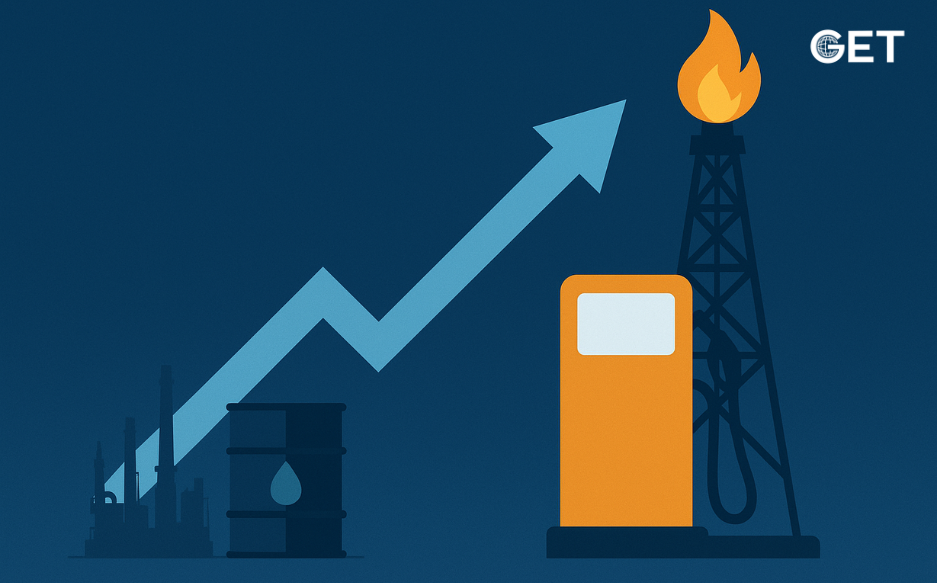
By Get global | December 17, 2025
As the oil and gas industry moves toward 2026, the pressure is no longer coming from one direction. Markets remain volatile. Regulations are tightening. Digital expectations are rising. At the same time, demand for reliable energy has not disappeared. What has changed is how companies respond to this complexity. Many […]